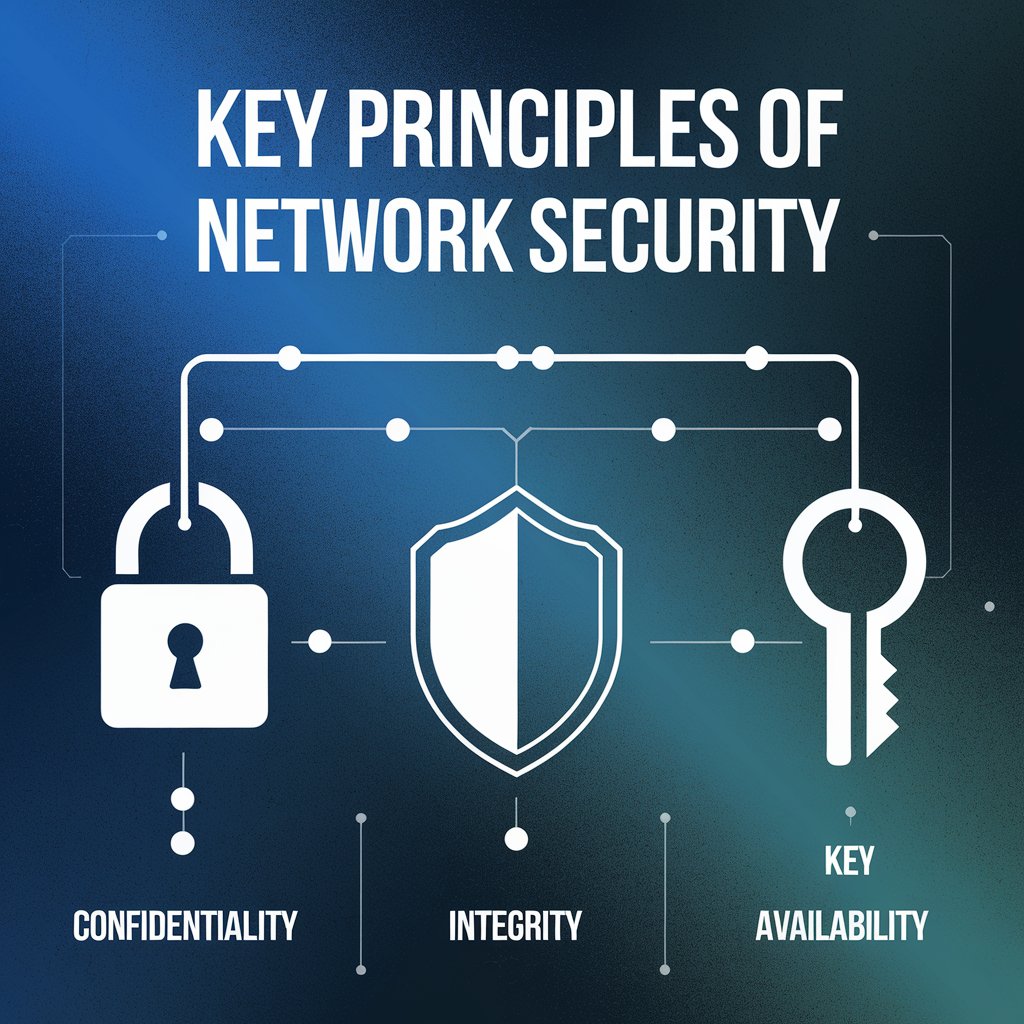UA
6 Min Read
1. Confidentiality
Confidentiality ensures that only authorized individuals or systems can access sensitive data. It prevents unauthorized parties from intercepting, reading, or modifying sensitive information. Protecting confidentiality involves:
Data Encryption: Encrypting sensitive data during transmission and at rest to make it unreadable to unauthorized users.
Access Control: Implementing strict access control mechanisms to ensure that only authorized users can access certain data or systems. This can include user authentication techniques like passwords, biometrics, or multi-factor authentication (MFA).
Least Privilege Principle: Granting users the minimum level of access required to perform their tasks, reducing the risk of unauthorized data exposure.
2. Integrity
Integrity ensures that data is accurate, unaltered, and reliable. It involves maintaining the consistency and accuracy of data across its lifecycle. Key practices include:
Hashing and Checksums: Using hashing algorithms to verify that data has not been tampered with during transmission. Checksums can help verify the integrity of files or communications.
Data Validation: Verifying that incoming data meets the required format and hasn’t been corrupted or altered during transmission.
3. Availability
Availability guarantees that network resources and data are accessible when needed by authorized users. Protecting availability involves ensuring that systems, applications, and services are resilient to downtime, attacks, or failures. Key practices include:
Redundancy: Implementing redundant systems, networks, or data storage to ensure that services remain available in case of hardware failure.
Load Balancing: Distributing network traffic across multiple servers to prevent overloading and ensure consistent performance.
DDoS Protection: Using techniques like rate limiting, firewalls, or DDoS protection services to prevent denial-of-service attacks that aim to disrupt network availability.
4. Authentication
Authentication verifies the identity of users, devices, or systems before granting access to network resources. It ensures that only legitimate users can access sensitive systems and data. Best practices include:
Multi-factor Authentication (MFA): Requiring multiple forms of verification (e.g., something you know, something you have, and something you are) to enhance security.
Strong Password Policies: Enforcing strong password requirements and encouraging regular password changes to reduce the risk of compromised credentials.
Identity Management: Implementing identity and access management (IAM) systems to control and monitor user access to critical systems.
5. Authorization
Authorization determines what actions an authenticated user or system is allowed to perform. It ensures that users only have access to the resources they are authorized to interact with. Key strategies include:
Role-Based Access Control (RBAC): Implementing RBAC to restrict access based on the user’s role within the organization, limiting the resources they can access.
Granular Permissions: Setting precise permissions for files, applications, and network resources, ensuring that users can only interact with those they are authorized to access.
6. Network Segmentation
Network segmentation involves dividing the network into smaller, isolated segments to limit the movement of attackers within the network and reduce the potential damage from security breaches. Key practices include:
Firewalls: Using firewalls to separate network segments and enforce security policies between them.
Virtual LANs (VLANs): Segmenting networks into VLANs to group devices with similar security needs, providing an added layer of protection and reducing the attack surface.
Zero Trust Architecture: Adopting a zero-trust approach, where every request for access, even from within the network, must be authenticated and authorized.
7. Monitoring and Detection
Continuous monitoring and detection are essential for identifying potential security incidents and responding quickly to mitigate damage. This includes:
Intrusion Detection Systems (IDS): Deploying IDS tools to monitor network traffic for suspicious activity and known attack patterns.
Security Information and Event Management (SIEM): Using SIEM platforms to collect, analyze, and correlate security events in real time, providing insights into potential threats.
Log Management: Collecting and reviewing logs from network devices, servers, and applications to detect any anomalous behavior or security breaches.
8. Defense in Depth
Defense in depth involves using multiple layers of security to protect network resources. If one layer is breached, additional layers provide protection. This layered approach minimizes the risk of a successful attack. Key components include:
Firewalls: Protecting the perimeter of the network.
Intrusion Prevention Systems (IPS): Blocking known threats within the network.
Endpoint Security: Ensuring that all endpoints (e.g., laptops, mobile devices) are secure and protected against attacks.
Data Encryption: Encrypting sensitive data across the network to ensure confidentiality even if attackers gain access.
9. Incident Response and Recovery
Having an effective incident response and recovery plan in place ensures that, in the event of a security breach, the organization can respond quickly and recover with minimal disruption. Key actions include:
Incident Response Plan (IRP): Developing and regularly updating an IRP to provide clear instructions for responding to network security incidents.
Backup and Recovery: Implementing a robust backup strategy to ensure that critical data can be restored quickly in the event of an attack or failure.
Post-Incident Analysis: Conducting thorough post-incident reviews to identify the cause of the breach and improve future defenses.
10. Security Awareness and Training
Training employees and users on network security best practices is essential to prevent human error, which is a major cause of security breaches. Best practices include:
Regular Security Training: Educating employees about phishing attacks, password management, and safe browsing practices.
Simulated Attacks: Running simulated phishing or social engineering attacks to train employees on how to recognize and respond to threats. audit3aa
Join our newsletter list
Sign up to get the most recent blog articles in your email every week.
You can copy our materials only after making sure that your services are safe.
This site is protected by reCAPTCHA and the Google Privacy Policy and Terms of Service apply.










